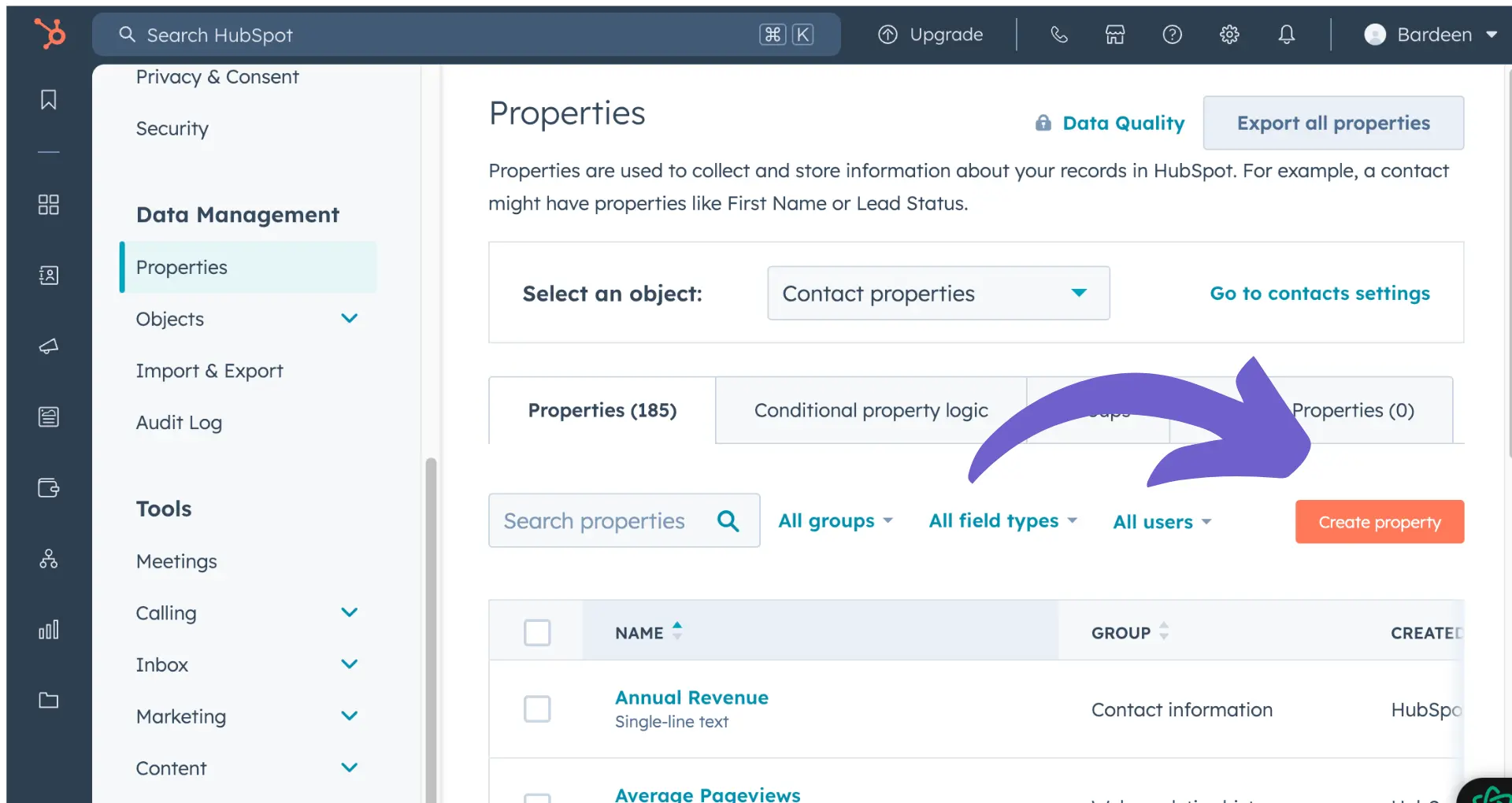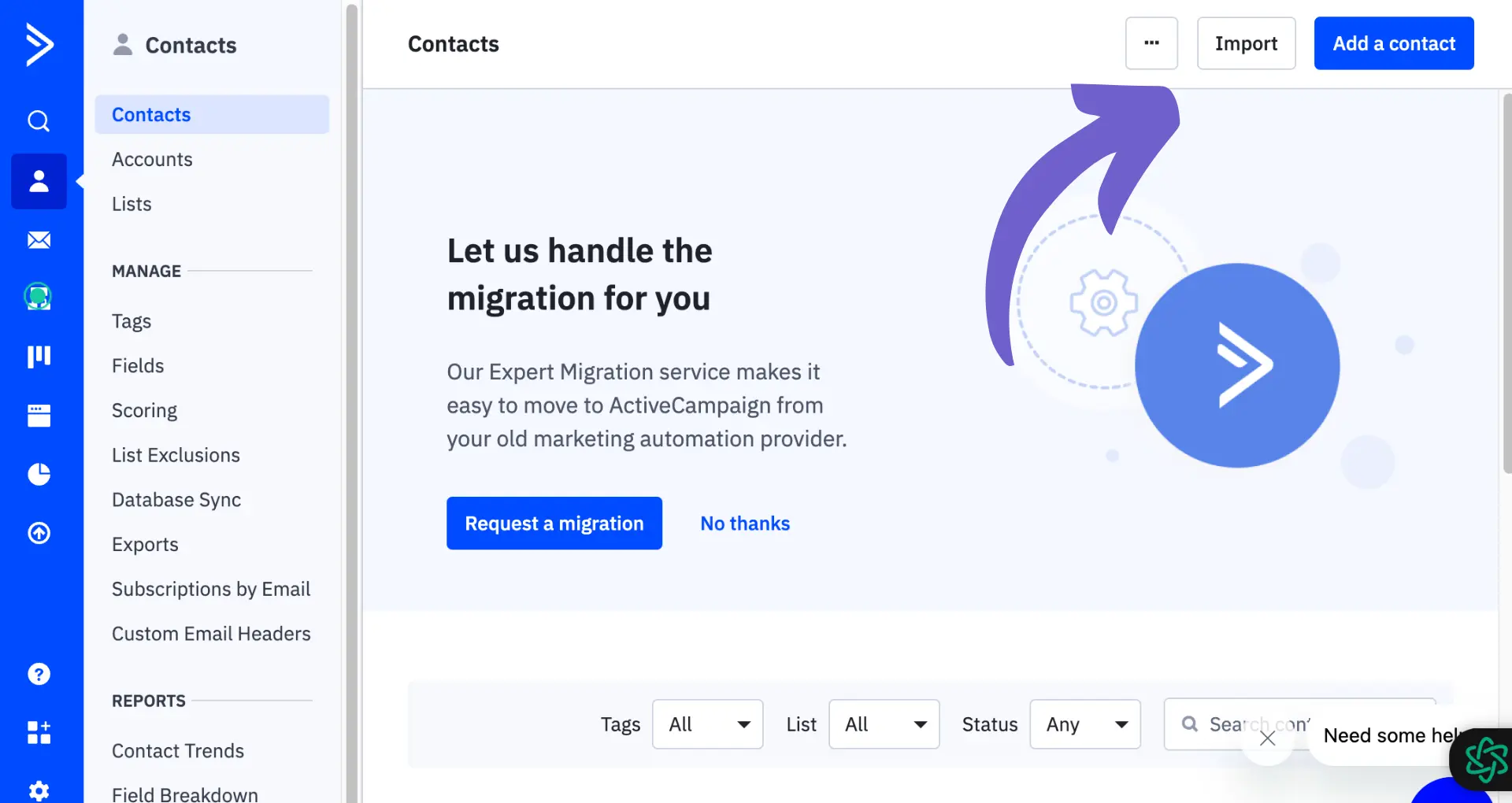Exporting data from HubSpot is a crucial task for businesses looking to analyze and utilize their valuable information. In this step-by-step guide, we'll walk you through the process of easily exporting various types of data from HubSpot, including CRM records, website content, and analytics. By following these simple steps, you'll be able to efficiently manage and leverage your exported data to make informed decisions and drive your business forward.
Understanding HubSpot Data Export Options
HubSpot offers a variety of data export options to suit different business needs. You can export CRM records, including contacts, companies, deals, and tickets, to analyze and manage your customer relationships effectively. Additionally, you can export website content, such as pages, blog posts, and email templates, to repurpose or back up your marketing assets. HubSpot also allows you to export analytics data, giving you valuable insights into your marketing performance.
When exporting data from HubSpot, it's essential to choose the right export options to ensure you get the information you need in a format that works for your business. Consider factors such as:
- The specific data types you need to export
- The format in which you want to receive the exported data (e.g., CSV, JSON)
- The frequency and automation of your data exports
By understanding the available export options and their significance, you can make informed decisions and build a prospect list to streamline your data management processes.
How to Export CRM Data from HubSpot
Exporting CRM data from HubSpot is a straightforward process that ensures you have access to your valuable customer information whenever you need it. Follow these steps to export your contacts, companies, deals, and tickets:
- Navigate to the appropriate CRM section in your HubSpot account (e.g., Contacts, Companies, Deals, or Tickets).
- Open the view you want to export. To export all records, select the "All [records]" view.
- Click "Export" in the top right corner of the table (list view) or click "Board options" and select "Export view" (board view).
- Choose your desired file format (CSV, XLSX, or XLS) and select whether to include only properties in the current view or all properties on the records.
- If exporting contacts, choose whether to include all email addresses for contacts with multiple emails. For companies, decide if you want to include all domain names for companies with multiple domains.
- Select the language for your column headers and click "Export."
Once the export is processed, you'll receive an email with a download link to your export file. It's crucial to maintain data integrity and cleanliness during the export process to ensure accurate analysis and effective use of your CRM data in other tools or platforms.
Save time by using Bardeen's sales automation tools to streamline your workflow and focus on what truly matters.
Understanding HubSpot Data Export Options
HubSpot offers a variety of data export options to cater to different business needs. The main types of data that can be exported include:
- CRM records: contacts, companies, deals, and tickets
- Website content: pages, blog posts, and templates
- Analytics data: traffic, prospects, and workflows
Choosing the right export option is crucial to ensure you have access to the data you need for analysis, reporting, or migration purposes. For example, if you want to analyze your sales pipeline, exporting deal data would be more relevant than exporting website content. Learn more about sales prospecting tools to further enhance your data analysis.
When selecting an export format, consider factors such as compatibility with other tools, ease of use, and data structure. HubSpot supports common file formats like CSV, XLSX, and XLS, making it easy to work with exported data in spreadsheet applications or import it into other systems. For instance, you can use sales intelligence tools to integrate these formats efficiently.
By understanding the available export options and their significance, you can make informed decisions and leverage your HubSpot data effectively for various business purposes.
Exporting Marketing and Website Content
HubSpot's marketing suite offers a range of tools to export your valuable website content, including pages, blog posts, and email templates. To access these export options, follow these steps:
- Navigate to the specific content area within HubSpot (e.g., Website Pages, Blog, or Email)
- Look for the "Export" or "Actions" button, typically located in the top-right corner of the screen
- Select the desired export format (e.g., HTML, CSV, or XLSX) and click "Export"
- Once the export is processed, you'll receive a download link via email and in your HubSpot notification center
When exporting website pages and blog posts, you can choose to export them as HTML files, which is particularly useful if you plan to scrape data from your website and import the content into another platform. Additionally, you can export page and blog post data in a spreadsheet format for further analysis or reporting.
For email marketing templates, navigate to the "Files" tool within HubSpot and click "Export all files (ZIP)" to download a comprehensive archive of your templates and associated files.
By familiarizing yourself with these export tools and processes, you can easily backup, migrate, or repurpose your valuable marketing and website content created within HubSpot.
Want a faster way to scrape data? Try using AI web scraping tools for quick and easy web scraping without any coding.
Utilizing HubSpot's API for Custom Data Exports
HubSpot's Export API allows you to automate and customize data exports, providing more flexibility than the standard export options. With the API, you can:
- Export specific CRM records and properties
- Choose your desired file format (XLSX, CSV, or XLS)
- Set filters to refine the exported data
- Automate exports on a schedule
To start an export using the API, send a POST request to the /crm/v3/exports/export/async endpoint. Your request body should include the following:
- exportType (VIEW or LIST)
- format (XLSX, CSV, or XLS)
- objectType (e.g., CONTACT, DEAL)
- objectProperties (the properties to export)
- filters (to refine the exported data)
Here's an example API request to export contact records:
POST /crm/v3/exports/export/async
{
"exportType": "VIEW",
"format": "XLSX",
"objectType": "CONTACT",
"objectProperties": [
"firstname",
"lastname",
"email"
],
"filters": [
{
"propertyName": "createdate",
"operator": "GT",
"value": "2022-01-01T00:00:00.000Z"
}
]
}
The API will return an exportId, which you can use to check the status of your export by sending a GET request to /crm/v3/exports/export/async/tasks/{exportId}/status. Once the export is complete, you'll receive a URL to download the exported file.
By leveraging HubSpot's Export API, you can create custom data exports tailored to your specific needs and automate the process for more efficient data management.
Best Practices for Managing Exported Data
Once you've exported your data from HubSpot, it's crucial to manage it effectively to ensure data integrity, security, and usability. Here are some best practices to follow:
- Organize exported files in a clear, logical folder structure based on data type, export date, or purpose.
- Use consistent naming conventions for exported files to make them easily identifiable and searchable.
- Store exported data files securely, using access controls, encryption, and backup systems to protect sensitive information.
- Regularly review and update exported data to ensure it remains accurate and relevant.
- When sharing exported data with others, use secure file transfer methods and limit access to only those who need it.
To make the most of your exported HubSpot data, consider integrating it with other business intelligence and analytics tools. This can help you:
- Gain deeper insights by combining HubSpot data with data from other sources.
- Create custom reports and dashboards to visualize and analyze your data.
- Automate data import and export processes to keep your tools in sync.
- Leverage advanced analytics capabilities, such as predictive modeling and machine learning.
When integrating exported data with other tools, be sure to:
- Choose tools that are compatible with HubSpot's data formats and APIs.
- Map HubSpot data fields to the corresponding fields in your other tools.
- Test your integrations thoroughly to ensure data accuracy and consistency.
- Monitor and maintain your integrations over time to address any issues or changes.
By following these best practices and leveraging the power of data integration tools, you can unlock the full potential of your exported HubSpot data and make data-driven decisions to grow your business.
Automate your data integration with Bardeen to save time and focus on strategic tasks. Bardeen's playbooks help you streamline data management, ensuring efficiency and accuracy.
Troubleshooting Common Issues in Data Export
When exporting data from HubSpot, users may encounter various challenges. Here are some common issues and how to resolve them:
- Missing data in exported files: Ensure you have selected all the desired properties and data fields to include in the export. Check that the data exists in HubSpot and is populated for the records you're exporting.
- Exported file doesn't match report data: Some reports, like funnel reports, display data based on a specific date range, while exports may include all records created in that range. Keep this in mind when comparing exported data to reports.
- Unable to export engagements: Currently, HubSpot does not support exporting engagement data (like emails, notes, and attachments) to CSV files. As a workaround, you can use third-party tools or APIs to export this data.
- Exported file is too large: If your exported file exceeds the maximum allowed size, try segmenting your data into smaller batches and exporting them separately. You can also use filters to narrow down the data you need to export.
- Not receiving export email notifications: Check your email client's junk or spam folder, as export notifications may sometimes be filtered. Ensure HubSpot emails are allowlisted and follow troubleshooting steps to guarantee delivery.
If you encounter any issues not listed here or need further assistance, reach out to HubSpot support:
- Visit the HubSpot Knowledge Base for detailed troubleshooting guides and FAQs.
- Contact HubSpot support directly through your account's Help widget or by emailing support@hubspot.com.
- Engage with the HubSpot Community to get help from other users and HubSpot experts.
By understanding common export issues and knowing where to find help, you'll be better equipped to smoothly export your data from HubSpot and utilize it effectively. Learn more about automating sales prospecting to further improve your workflow.






